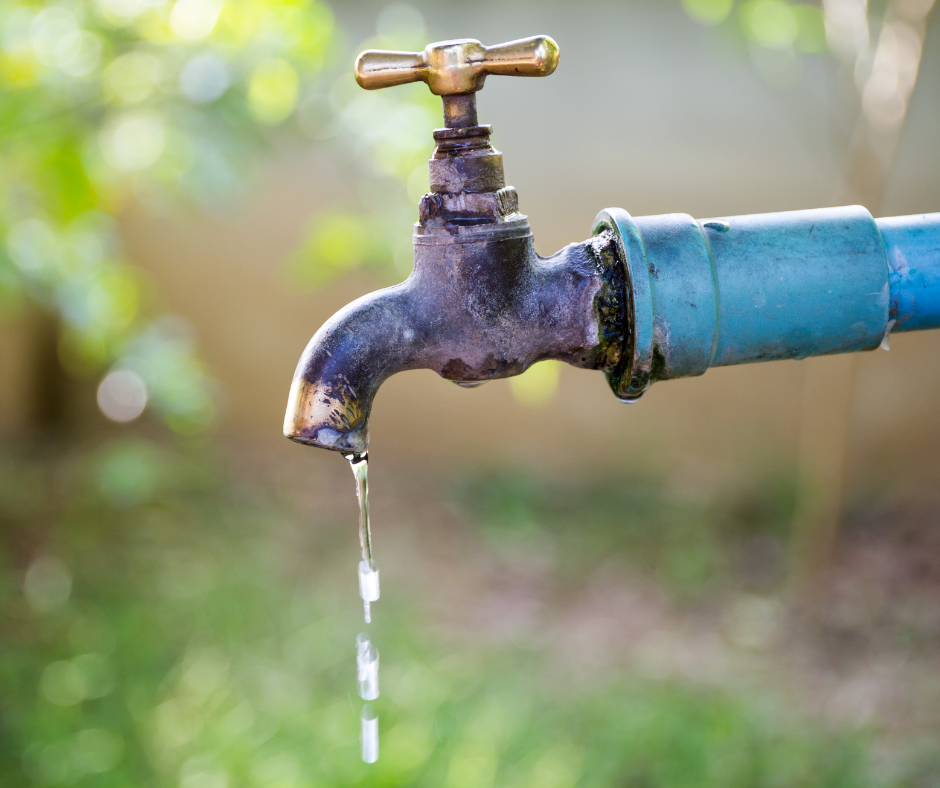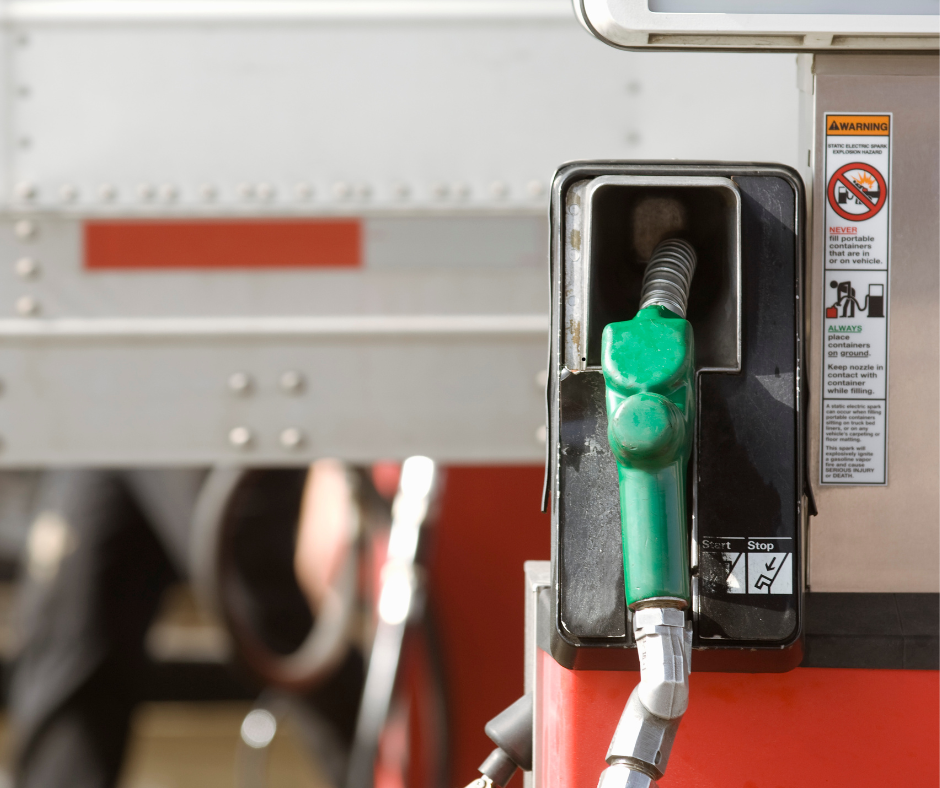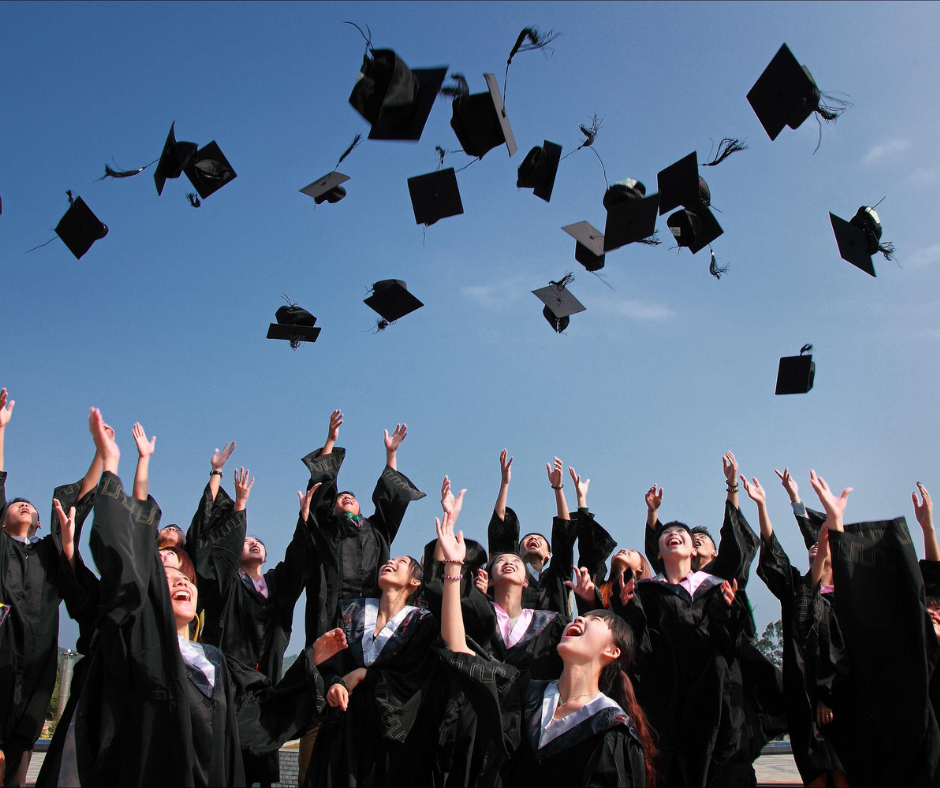A Closer Look At All The Targeted Subsidies In Budget 2025 & How They Affect You
From petrol and education to... chicken.
Prime Minister Datuk Seri Anwar Ibrahim announced a range of targeted subsidies during the tabling of Budget 2025 on Friday, 18 October
The PM stated that these targeted subsidies aim to address inefficiencies, reduce fiscal burdens, and ensure that financial assistance reaches those who need it most.
Here's a breakdown of the key measures.
1. Electricity subsidies to maintain support for lower- and middle-income groups
The electricity subsidies introduced in 2023 led to significant savings of RM4 billion annually. Under the current scheme, only consumers who exceed 600 kilowatt-hours per month are required to pay the full rate without a subsidy.
This affects about 15% of the population, while 85% continue to enjoy subsidised rates.
By focusing on higher-consumption households, the government ensures that the majority of Malaysians, especially lower- and middle-income groups, are shielded from price hikes.
2. Water tariff adjustments to keep utilities accessible to all states
Water tariffs were adjusted this year to meet the needs of nearly all states, including those governed by the opposition.
This ensures a fair and balanced approach to resource management, while making sure that essential utilities remain accessible to all.
3. Chicken price control lifted
To ease the government's financial burden, the price of chicken has been fully floated. This means chicken prices will no longer be controlled or regulated by the government and is instead determined by the forces of supply and demand in the market. Prices will naturally fluctuate, based on factors such as production costs, availability, consumer demand, and market competition.
This change saves the government RM1.2 billion annually, which was previously spent on chicken subsidies.
While this may lead to market-driven price fluctuations, the move is part of a broader strategy to prioritise fiscal sustainability.
4. Targeted diesel subsidies for logistics sector, fishermen, and public transport services
The government has also introduced targeted subsidies for diesel, which are expected to save up to RM4 billion per year.
While the general public and smallholders will not see major impacts, selected sectors such as logistics, fishermen, and public transport services will continue to receive subsidised diesel.
This approach has already proven effective in curbing the smuggling and misuse of subsidised diesel. Since the initiative's launch, subsidised diesel sales have decreased by 30%, generating over RM600 million in monthly savings. Additionally, the pump price has been reduced by 40 sen per litre, bringing it down to RM2.95.
Here is the criteria to be eligible for the monthly RM200 diesel subsidy aid.
5. Targeted RON95 petrol subsidy to launch mid-2025 so wealthier individuals pay full price
RON95 petrol subsidies remain a significant financial strain, with RM20 billion allocated in 2023 alone.
The government has noted that wealthier individuals, foreign nationals, and businesses, who make up 15% of consumers, benefit disproportionately from 40% of the subsidy, resulting in a RM8 billion loss that could otherwise be directed to critical sectors like healthcare, education, and public transport.
A targeted subsidy system for RON95 is set to launch in mid-2025.
While wealthier individuals will face the full price, 85% of the population will continue to benefit from the RM2.05 per litre price, with RM12 billion allocated for this purpose.
6. High income households may no longer receive education subsidies
In the education sector, the government is reconsidering subsidies for wealthier families.
Currently, about 30% of students in full boarding schools (SBPs) come from high-income households, despite the schools being intended for underprivileged and academically gifted students. The government estimates up to RM15,000 is spent annually on each student.
Similarly, public university students in programmes like pharmacy pay tuition fees that are significantly subsidised, regardless of their household income.
Phased reductions in education subsidies for the top 15% of earners are being considered. The resulting savings could be redirected to enhance infrastructure in public schools and higher education institutions, benefitting all students.
7. Higher-income individuals may have to contribute more to public health services
A similar approach is being explored for healthcare. Higher-income individuals may be asked to contribute more towards public healthcare services.
These savings would be reinvested into upgrading medical equipment and funding treatment for lower-income patients in government hospitals and clinics.
Anwar reiterated the government's commitment to tackling smuggling and the misuse of subsidies through enforcement
From 2022 to September 2024, the Ministry of Domestic Trade and Cost of Living (KPDN) and the Royal Malaysian Customs Department (JKDM) successfully dismantled smuggling syndicates, seizing goods worth nearly RM2 billion.
To further combat leakage, RM60 million has been allocated to these agencies.
Similarly, the Malaysia Competition Commission (MyCC) has targeted cartel dominance and bid rigging, imposing nearly RM600 million in penalties on more than 350 companies.
The commission has been given RM27 million to continue its efforts to maintain market fairness.




